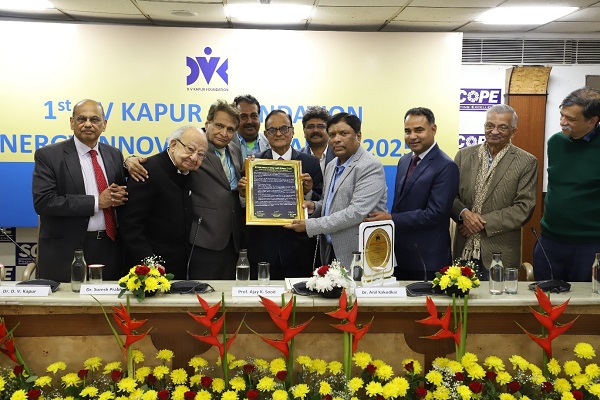Food and Beverage Tourism: The Rise of Farm-to-Table Experiences

Food and beverage tourism has become an increasingly popular way for travelers to engage with new cultures, especially when it comes to experiences that are rooted in local agriculture. One of the most immersive ways to experience a destination's culinary traditions is through farm-to-table dining. This trend emphasizes locally sourced, seasonal ingredients and provides travelers with the opportunity to witness where their food comes from, all while supporting sustainable farming practices.
The Charm of Farm-to-Table Experiences
Farm-to-table tourism goes beyond simply eating local food—it’s about experiencing the journey of how that food is cultivated, harvested, and prepared. Many destinations around the world are offering travelers the chance to visit farms, meet local farmers, and even participate in the harvest. This not only creates a deeper connection to the food but also supports the local economy and promotes sustainability.
Whether you're exploring the rolling vineyards of Napa Valley in the USA, the lush green hills of Tuscany in Italy, or the organic farms of Kerala in India, these experiences allow visitors to taste food at its freshest and most authentic. In some cases, travelers can even attend cooking classes on the farm, learning how to prepare dishes using ingredients they’ve just helped harvest.
Key Farm-to-Table Destinations
Napa Valley, USA: Famous for its wine culture, Napa Valley offers a unique combination of wine-tasting tours and farm-to-table dining experiences. Many wineries have on-site restaurants that focus on using ingredients sourced directly from local farms.
Tuscany, Italy: Tuscany’s rolling hills and fertile soil make it a haven for farm-to-table enthusiasts. Visitors can enjoy traditional Italian dishes made from locally grown produce, meats, and cheeses, all paired with the region's world-renowned wines.
Kerala, India: Known for its spices and tropical fruits, Kerala offers farm-to-table experiences where visitors can explore spice plantations, interact with local farmers, and enjoy a meal featuring freshly picked ingredients.
New Zealand: With its emphasis on sustainable farming, New Zealand offers a variety of farm-to-table experiences, from dairy farms to organic vegetable gardens, where visitors can enjoy meals made from locally sourced, fresh ingredients.
France’s Provence: Provence is not only known for its stunning landscapes but also for its rich agricultural heritage. Travelers can visit olive groves, lavender fields, and vegetable farms, then enjoy a meal prepared with those very ingredients.
Why Farm-to-Table?
Sustainability: This model promotes sustainability by reducing the carbon footprint associated with transporting food over long distances. Local food systems help preserve the environment and support the community.
Freshness and Flavor: Nothing compares to the taste of food picked at its peak ripeness. Farm-to-table dining provides travelers with flavors that are more vibrant and nuanced than anything you'd find in a supermarket.
Cultural Immersion: Engaging directly with local farms gives travelers an opportunity to learn about the traditions and history of a region's food culture. It offers a deeper understanding of how the food is grown and the role it plays in the local community.
Healthier Options: Many farm-to-table restaurants focus on organic, fresh produce and free-range meats, which are generally healthier choices for diners.
Participating in the Experience
Farm-to-table tourism is not just about eating; it’s about being part of the process. Many destinations offer activities such as farm tours, fruit-picking, or cooking workshops. These activities allow travelers to engage with the food they consume, creating a more personal and fulfilling experience. It also enables them to learn more about the challenges farmers face, from weather conditions to sustainable farming techniques.
Travelers can visit markets where local farmers sell their produce and learn how to select the best ingredients for their meals. Some farms even offer overnight stays, where guests can wake up to fresh, home-cooked meals using ingredients harvested right from the farm.
Conclusion
Farm-to-table tourism provides an authentic way to explore a destination’s food culture while supporting sustainability and local economies. As the interest in conscious, environmentally friendly travel grows, the farm-to-table movement continues to thrive, offering new and enriching experiences for food lovers and travelers alike.






.jpg)

















